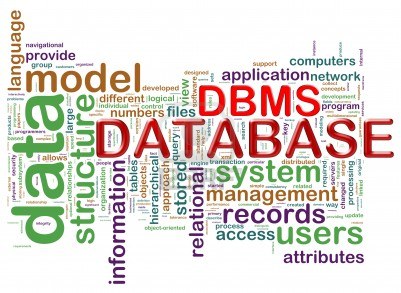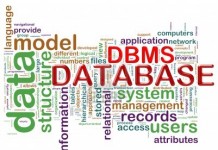Dear Aspirants,
Welcome to the Professional Knowledge Section in Affairscloud.com. Here we are providing sample questions in Computer Networking. It will be useful for the upcoming SBI Assistant Manager(System) and IBPS SO(IT Officer) examinations. We have also included some important questions that are repeatedly asked in previous exams.
- Which of the following uniquely identifies each record in the table?
A. Foreign Key
B. Secondary Key
C. Primary Key
D. All of the Above
E. None of the AboveC. Primary Key
Explanation:
The primary key of a relational table uniquely identifies each record in the table. - Which of the following is also referred to as an EQUIJOIN?
A. Inner Join
B. Left Outer Join
C. Right Outer Join
D. Natural Join
E. None of the AboveA. Inner Join
Explanation:
Inner Join, one of the most frequently used joins is also referred to as an EQUIJOIN. - The multivalued dependency plays a role in the ________ database normalization.
A. 1NF
B. 2NF
C. 3NF
D. 4NF
E. None of the AboveD. 4NF
Explanation:
The multivalued dependency plays a role in the 4NF database normalization. - Which of the following normal form is considered adequate for normal relational database design?
A. 1NF
B. 2NF
C. 3NF
D. 4NF
E. None of the AboveC. 3NF
Explanation:
3NF is considered adequate for normal relational database design - Which of the following key is also known as minimal super key ?
A. Foreign Key
B. Secondary Key
C. Primary Key
D. Candidate Key
E. None of the AboveD. Candidate Key
Explanation:
A candidate key is a minimal set of attributes necessary to identify a tuple. It is also known as minimal super key. - BCNF stands for ______
A. Binary–Coded Normal Form
B. Boyce–Codd Normal Form
C. Binary–Codd Normal Form
D. Boyce–Code Normal Form
E. Binary–Code Normal FormB. Boyce–Codd Normal Form
Explanation:
Boyce–Codd normal form (or BCNF or 3.5NF) is a normal form used in database normalization. - Which of the following is considered a special condition of third Normal form?
A. 4NF
B. BCNF
C. 5NF
D. 3NF
E. None of theseB. BCNF
Explanation:
Boyce Codd Normal Form (BCNF) is considered a special condition of third Normal form. - Which of the following is an aggregate function in MySQL
A. COUNT
B. AVG
C. SUM
D. MAX
E. All of the AboveE. All of the Above
Explanation:
MySQL provides aggregate functions that include AVG, COUNT, SUM, MIN, MAX, etc., - Which of the following statement allows you to get the data from tables or views?
A. Select
B. Distinct
C. Where
D. In
E. LikeA. Select
Explanation:
Select statement allows you to get the data from tables or views - Which of the following clause allows you to specify exact rows to select based on a particular filtering condition?
A. Select
B. Distinct
C. Where
D. In
E. LikeC. Where
Explanation:
“Where” clause allows you to specify exact rows to select based on a particular filtering condition
AffairsCloud Recommends Oliveboard Mock Test
AffairsCloud Ebook - Support Us to Grow
Govt Jobs by Category
Bank Jobs Notification





